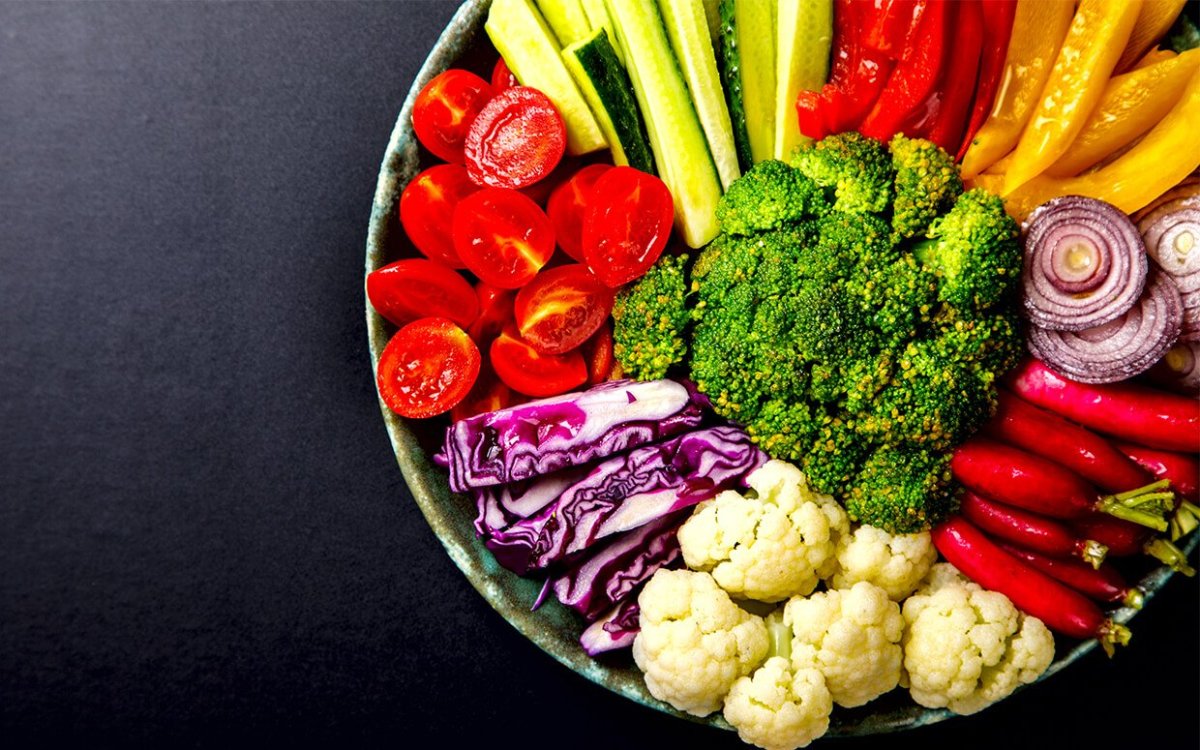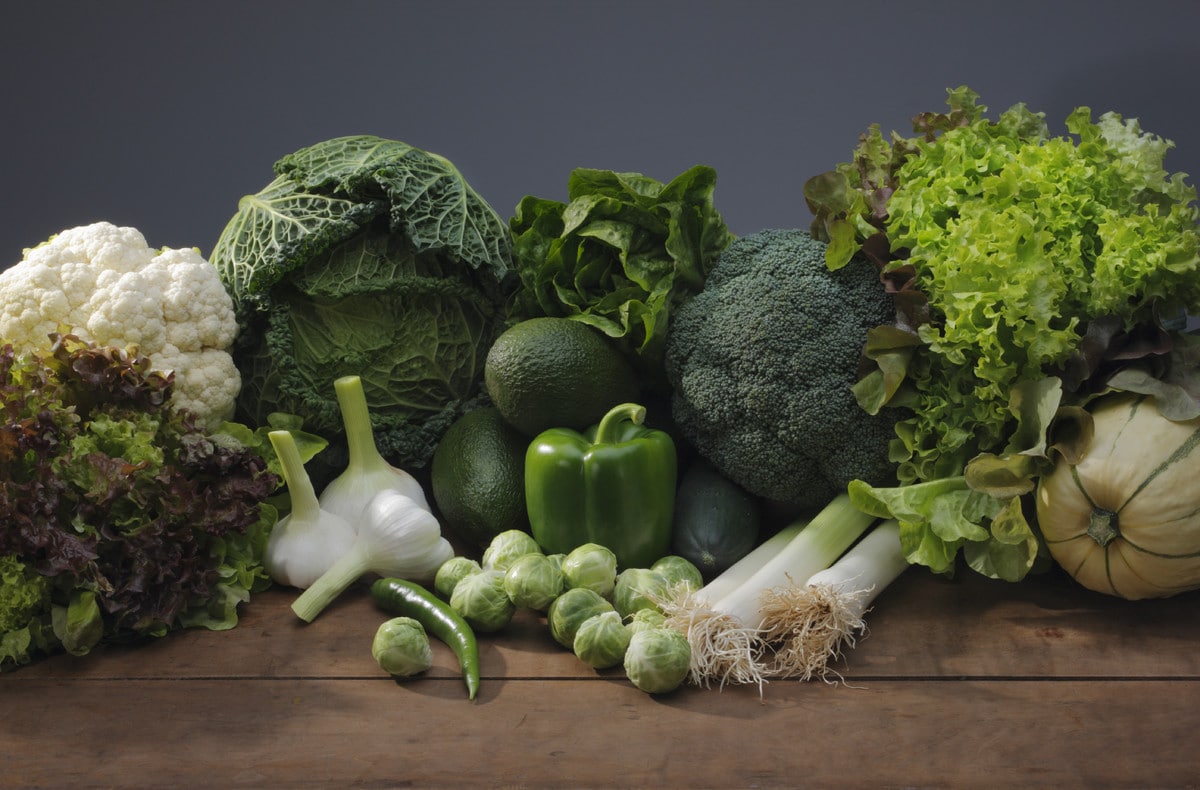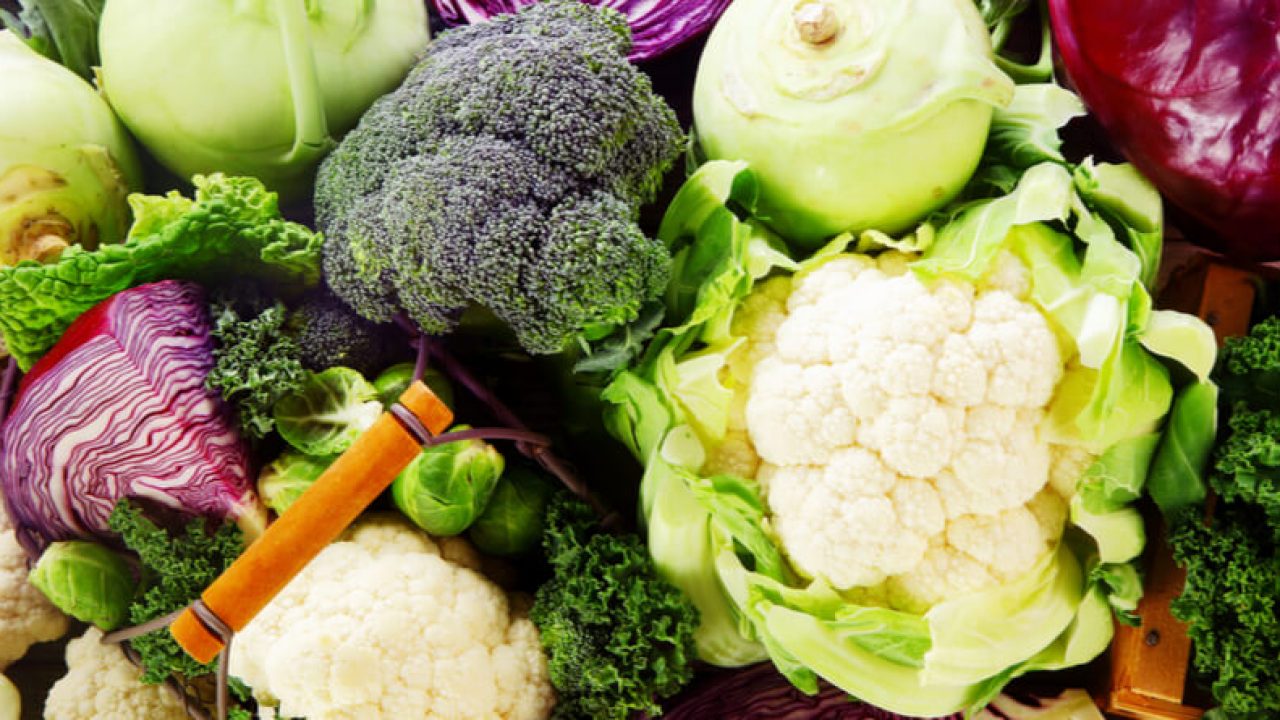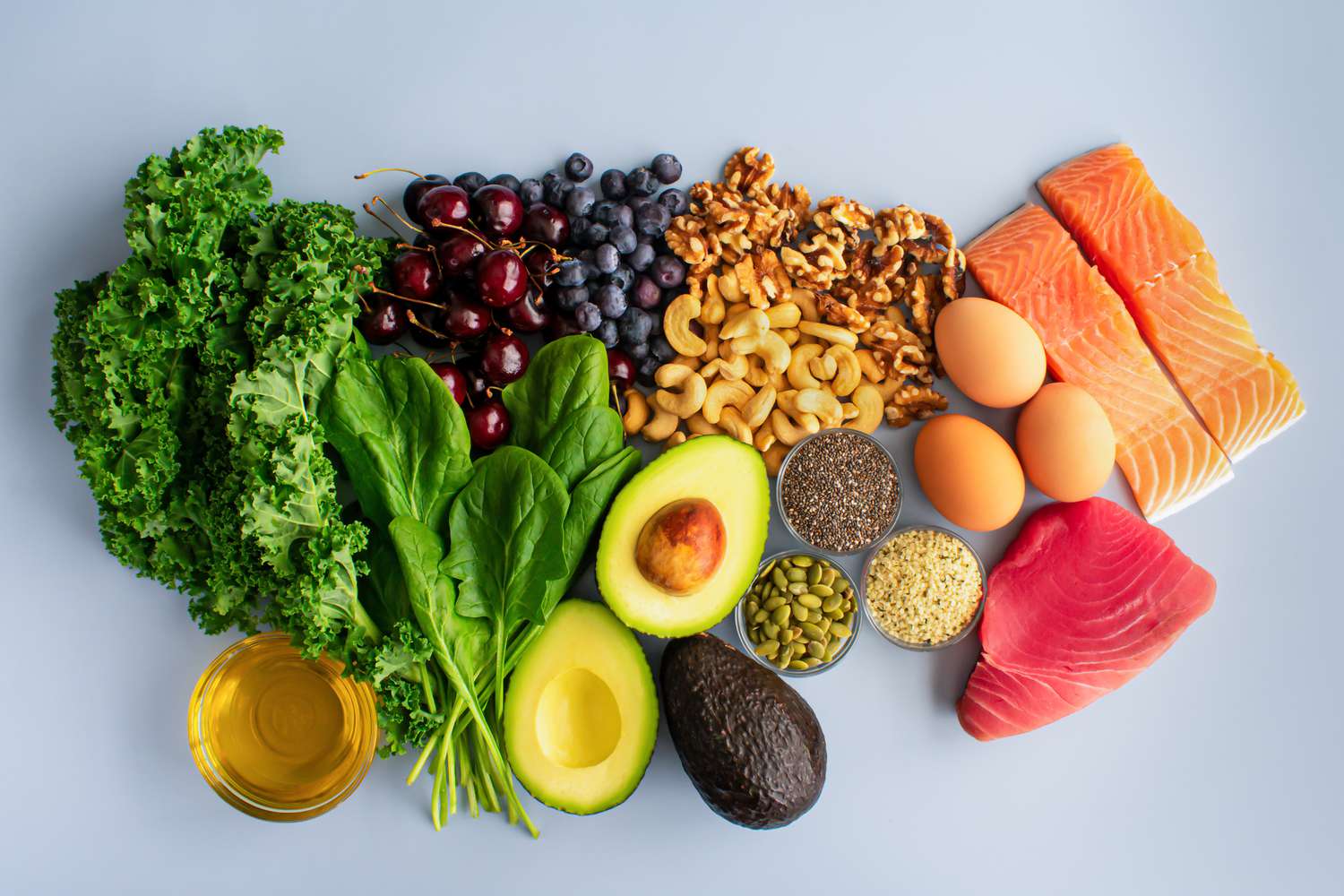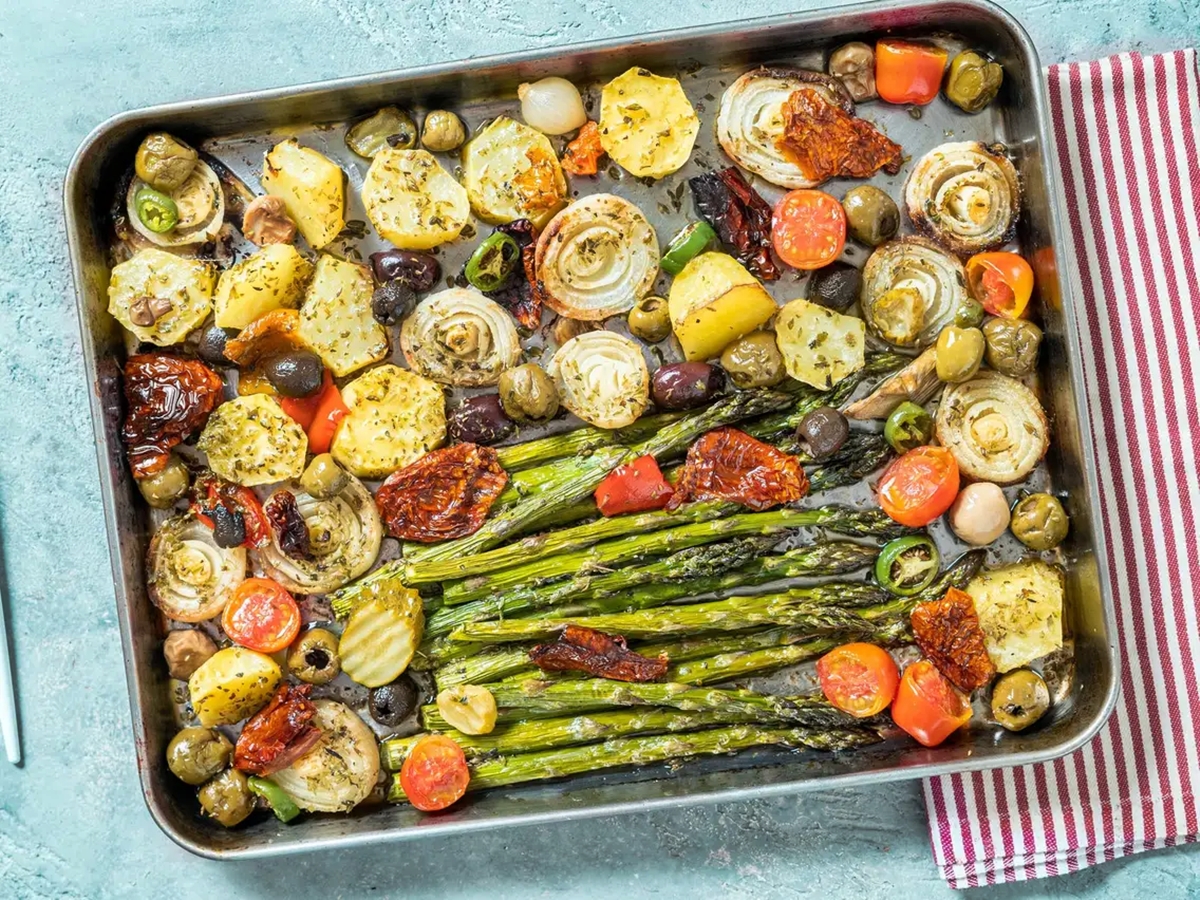Why You Should Include Cruciferous Vegetables in Your Diet
Cruciferous vegetables are a group of vegetables that belong to the Brassicaceae family. They are packed with essential nutrients and offer numerous health benefits. Incorporating these vegetables into your diet can help improve your overall well-being. Here’s why you should consider adding more cruciferous vegetables to your meals:
- Nutrient-Rich: Cruciferous vegetables, such as broccoli, cauliflower, kale, and Brussels sprouts, are rich in essential vitamins and minerals, including vitamin C, vitamin K, folate, and potassium.
- Cancer-Fighting Properties: Studies have shown that cruciferous vegetables contain compounds that may help reduce the risk of certain types of cancer, making them an important addition to a cancer-preventative diet.
- Rich in Fiber: These vegetables are an excellent source of dietary fiber, which can aid in digestion and promote a healthy gut.
- Low in Calories: If you’re looking to manage your weight, cruciferous vegetables are a great option as they are low in calories but high in nutrients, making them a filling and nutritious choice.
Ways to Enjoy Cruciferous Vegetables
Now that you understand the benefits of cruciferous vegetables, it’s time to explore the various ways you can incorporate them into your diet. Here are some delicious and creative ways to enjoy these nutrient-packed veggies:
- Roasted: Toss broccoli, cauliflower, or Brussels sprouts with olive oil, salt, and pepper, then roast them in the oven until they are golden and crispy. This method enhances their natural flavors and adds a delightful crunch.
- Stir-Fried: Create a vibrant stir-fry by adding kale, bok choy, or cabbage to your favorite stir-fry recipe. The quick cooking time helps retain their crisp texture and vibrant color.
- Raw in Salads: Shred Brussels sprouts or cabbage and toss them with a zesty vinaigrette for a refreshing and crunchy salad. You can also add broccoli florets to your favorite salad for an extra nutritional boost.
- Blended in Smoothies: Sneak some cruciferous vegetables into your morning smoothie for an added dose of nutrients. Kale and spinach blend well with fruits like bananas and berries, creating a delicious and nutritious beverage.
Tips for Maximizing the Nutritional Benefits
To ensure that you are getting the most out of your cruciferous vegetables, keep the following tips in mind:
- Don’t Overcook: Overcooking cruciferous vegetables can lead to a loss of nutrients. Aim to cook them until they are tender-crisp to preserve their nutritional value.
- Pair with Healthy Fats: Many of the nutrients in cruciferous vegetables are fat-soluble, so consuming them with healthy fats, such as olive oil or avocado, can enhance nutrient absorption.
- Experiment with Seasonings: Enhance the flavor of cruciferous vegetables by experimenting with different seasonings and herbs. Garlic, lemon juice, and balsamic vinegar can add depth to their taste.
- Combine with Protein: Pairing cruciferous vegetables with lean protein sources, such as grilled chicken or tofu, can create a well-balanced and satisfying meal.
Conclusion
Incorporating cruciferous vegetables into your diet can be a simple and delicious way to boost your nutrient intake and support your overall health. Whether you enjoy them roasted, stir-fried, or blended into a smoothie, these versatile vegetables offer a wide range of culinary possibilities. By following the tips for maximizing their nutritional benefits, you can make the most of these powerhouse veggies and elevate your meals to new heights of flavor and nutrition.

